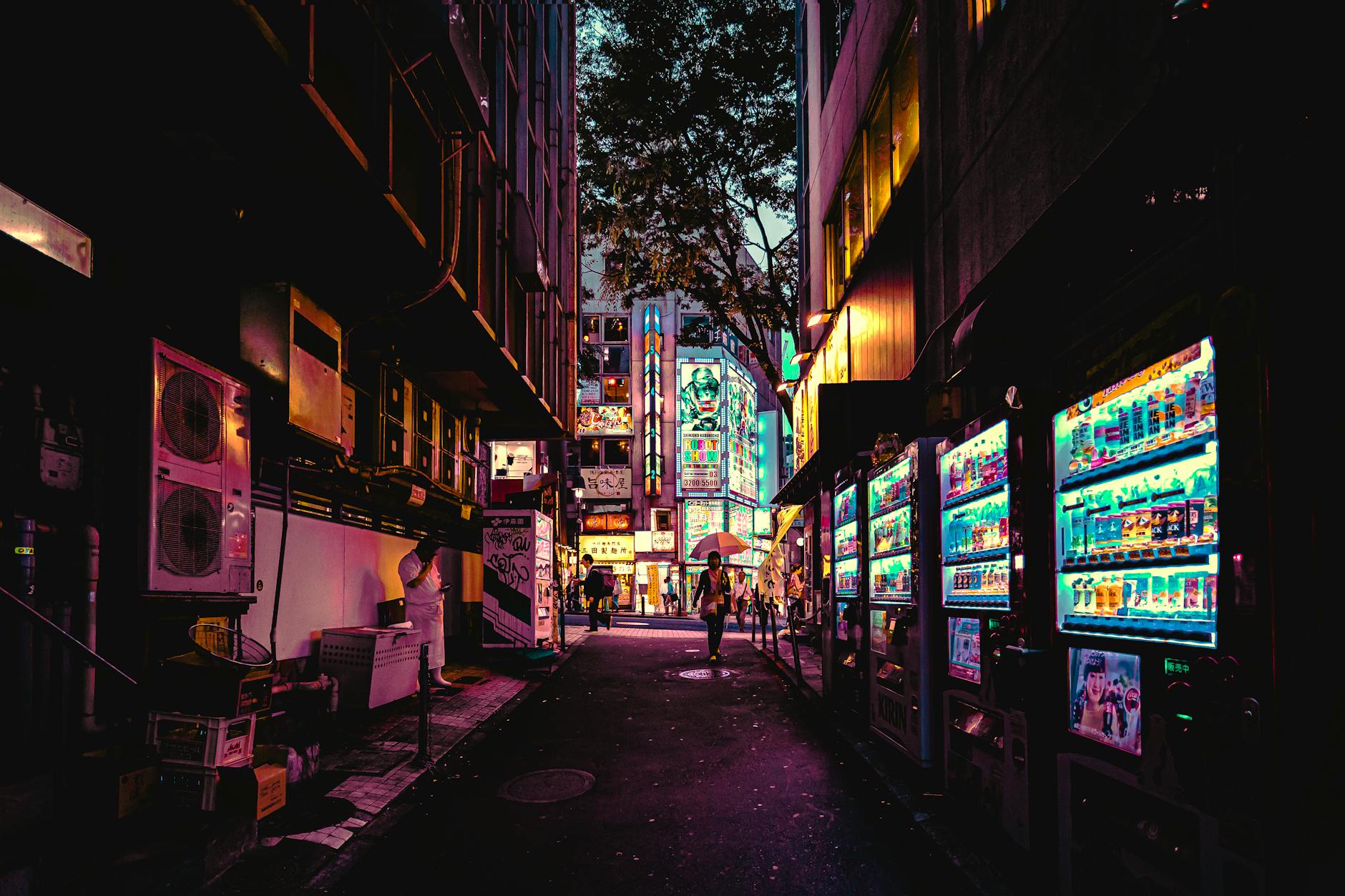Are You Making Environment-Unsustainable Fashion Choices in Australia?

Recognising Unsustainable Fashion Choices
When considering sustainable fashion, it's essential to pinpoint choices that might be less eco-friendly. One such decision involves selecting materials for our dresses. Synthetic fabrics, like polyester, often dominate wardrobes, but their environmental impact is significant due to their prolonged breakdown period. Exploring alternative eco-friendly fabrics can drastically reduce this footprint.
Another critical aspect is recognising the characteristics of fast fashion. These include highly trendy, low-cost nursing clothes that change with the seasons and are often designed with obsolescence in mind. Fast fashion may be convenient, but it typically relies on a supply chain that values speed and low prices over ethical production and sustainability.
The global supply impact of fashion choices is another crucial factor to keep in mind. The fashion industry significantly contributes to carbon emissions, water wastage, and pollution, especially when considering the production processes of a green dress. By understanding these impacts, one can make informed decisions that prioritise sustainable practices.
In cities like Sydney, where eco-friendly initiatives are gaining traction, the influence of sustainable choices becomes more evident. Visiting local hotspots like the Royal Botanic Garden Sydney, one can draw inspiration from nature, motivating a commitment to change and sustainability. A shift towards sustainable fashion choices will play a pivotal role in reducing the environmental burden, aligning our lifestyle more harmoniously with nature’s cycles.
Evaluating Your Wardrobe
Conducting a Sustainability Audit
Evaluating the sustainability of your wardrobe is a vital step for eco-conscious fashionistas. Begin by examining the materials in your current clothing items. Natural fabrics like organic cotton, linen, or Tencel are preferable over synthetics due to their lower environmental impact. As you analyse your wardrobe, look for any sequin dress you've kept for its eye-catching appeal but seldom wear. Consider the frequency of usage and sustainability of such items. Opting for versatile clothing that can serve multiple occasions, like work dresses, helps streamline choices without compromising on style.
Understanding Material Lifecycles
Understanding the lifecycle of materials can illuminate a garment's long-term environmental effect. Natural fibres, while typically more eco-friendly, still require resource-intensive growth and processing. Meanwhile, recycled materials can extend the life of textiles, minimizing waste. Think of it as a journey from production to disposal, where each stage impacts the environment. A trip to the Royal Botanic Garden Sydney inspires consideration of nature's cycles and encourages the use of materials aligning with this sustainable principle.
Choices in Purchasing Practices
Practical and stylish clothing selections contribute to a sustainable wardrobe. Emphasising quality over quantity can significantly reduce environmental impact. Aim to support brands dedicated to ethical production or those with proven eco-friendly initiatives, like those in Darling Harbour. When shopping, question the necessity and longevity of potential purchases, whether it’s a fabulous sequin dress or a versatile work dress for the office. This mindful approach helps reduce waste and promotes a sustainable lifestyle, empowering you through each clothing choice.
Sustainable Alternatives
Choosing Eco-Friendly Fabrics
Selecting eco-friendly fabrics is a vital step in sustainable fashion, offering both style and environmental benefits. Fabrics like organic cotton, hemp, and Tencel are great alternatives, cutting down on the water use and chemical pollution typical of conventional textiles. With growing awareness around sustainability, finding practical dresses to wear to a wedding made from these materials is easier than ever. Look for garments that not only flatter your silhouette but also support eco-friendly initiatives, like those often celebrated in Darling Harbour. The goal here is to make thoughtful choices that help reduce the environmental footprint of your wardrobe while still allowing you to dress elegantly for all occasions.
Supporting Local Artisans
Engaging with local artisans can elevate sustainability efforts in fashion. These creators often utilise traditional methods and local materials, which helps in cutting down the carbon emissions associated with large-scale and long-distance production. Supporting them also fosters a more inclusive and vibrant fashion scene. As you explore the vibrant lanes of Newtown, consider visiting boutiques and markets that showcase the craftsmanship of local designers. By doing so, you connect with the roots of your clothing and contribute to a more robust local economy.
Embracing Circular Fashion
Circular fashion involves rethinking our approach to clothing, focusing on reusing and recycling to extend the life of garments. This practice isn't just limited to purchasing recycled items but also includes being mindful about items you already own. Joining initiatives or platforms that promote swapping or repairing clothes can be empowering and financially savvy. Additionally, take advantage of sales on sustainable fashion lines. For example, look out for brands offering on sale clothes that fit perfectly into a circular fashion model. By contributing to these practices, you not only save money but actively participate in reducing textile waste.
Challenges in Transitioning
Overcoming Market Barriers
Transitioning to a sustainable fashion model involves navigating market barriers, from cost constraints to consumer mindset shifts. For instance, in Australia's fashion landscape, many consumers are increasingly eco-conscious, yet the price point for sustainable items like maternity nursing clothes may pose a challenge. It's crucial to foster transparency about how sustainable choices can also be financially viable through strategies such as cost-per-wear analysis.
Adapting Supply Chains
Adapting supply chains to support sustainable fashion requires rethinking traditional practices. This includes optimizing distribution routes and embracing eco-friendly transportation methods, inspired by green initiatives observed in places like Darling Harbour. By focusing on greener logistics, it's possible to reduce the carbon footprint associated with delivering items such as bridesmaid dresses. Additionally, collaboration with suppliers who prioritize sustainable materials can make a significant difference in overall environmental impact.
Balancing Tradition with Innovation
Striking a balance between tradition and innovation is essential when shifting towards sustainability. While certain traditional practices offer reliability, integrating new technologies can enhance both environmental performance and efficiency. It's about using tech to boost sustainability without losing the essence of craftsmanship. By doing so, it's possible to create a fashion ecosystem that respects history yet pushes forwards sustainability boundaries.
Incorporating these strategies not only aligns with eco-conscious priorities but also empowers industry professionals to champion sustainable change effectively. By prioritizing such initiatives, we propel the fashion sector towards a more responsible future.


